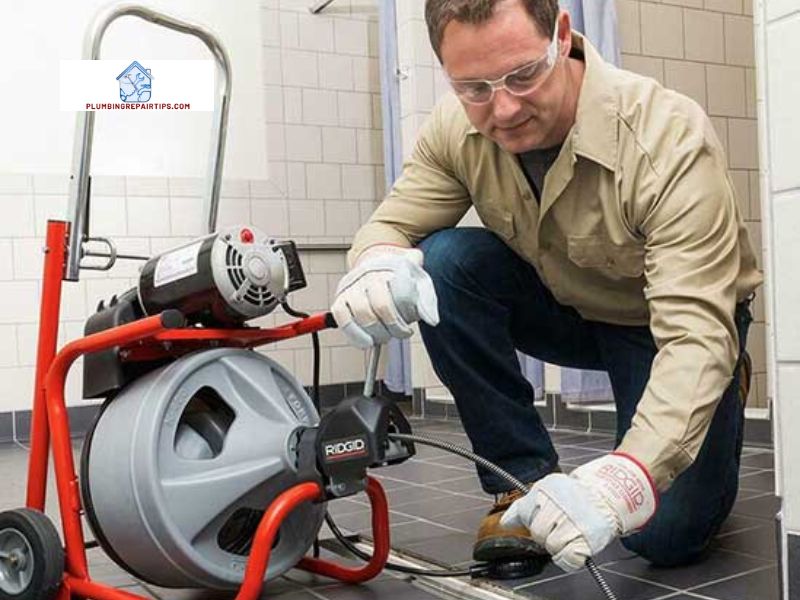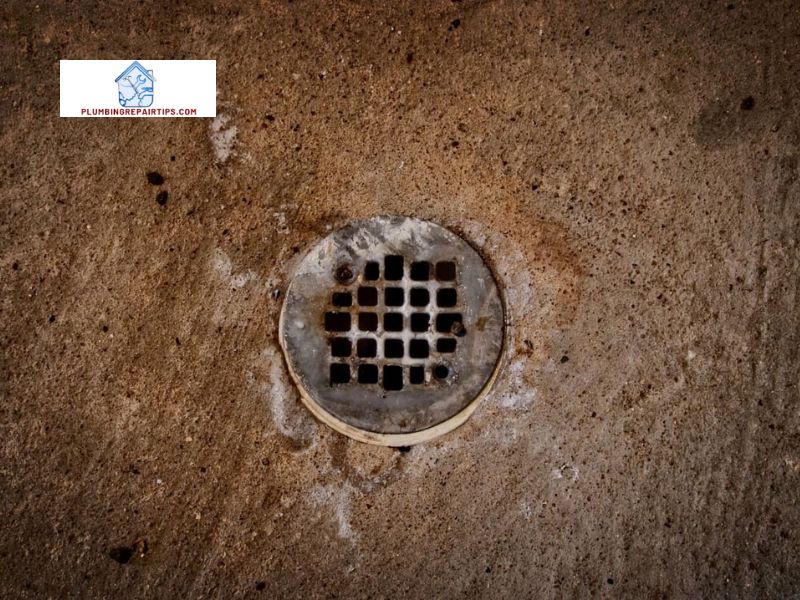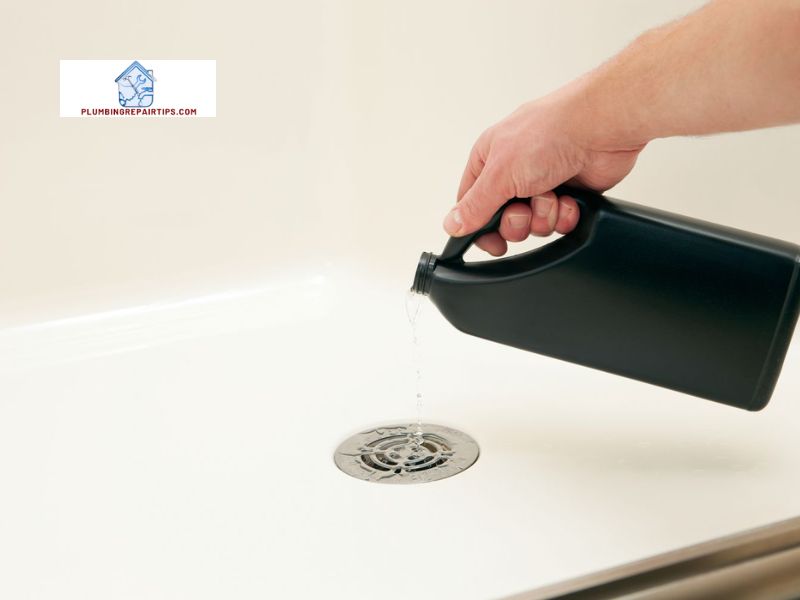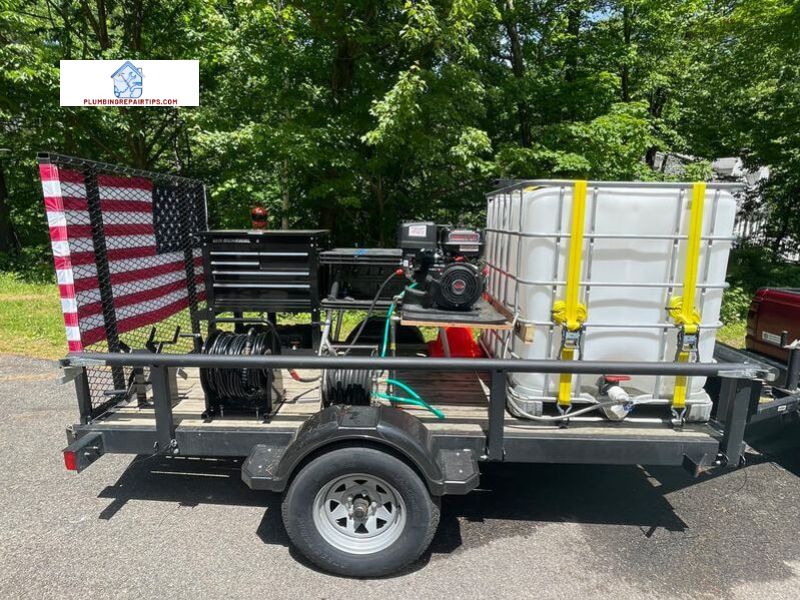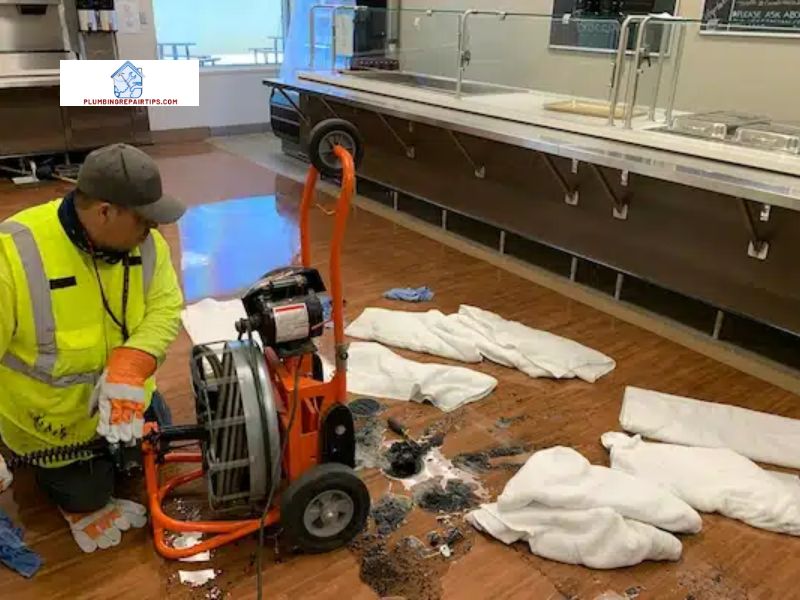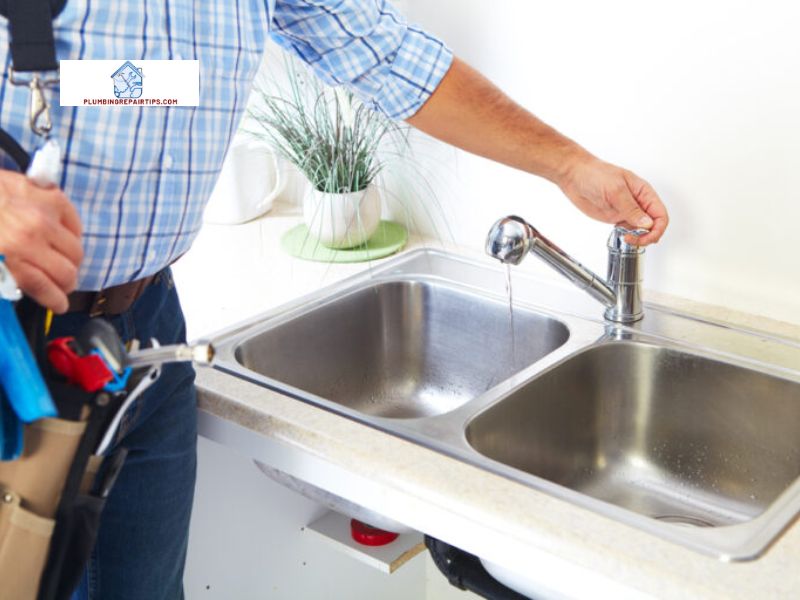Introduction to Sewer Line Rodding
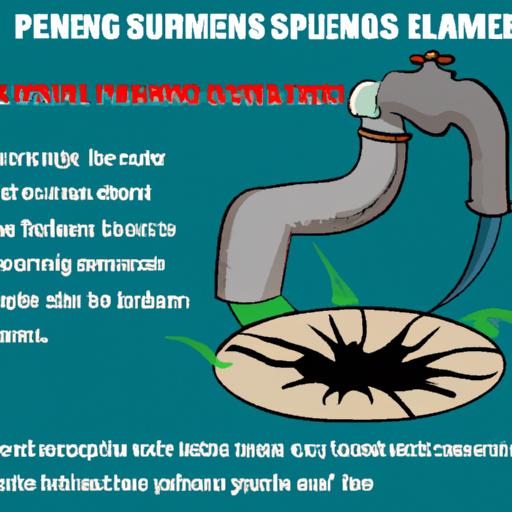
Sewer line maintenance is an essential aspect of ensuring a smooth and efficient plumbing system in our homes. We often overlook the importance of maintaining our sewer lines until we encounter frustrating issues like clogged drains, slow water flow, or unpleasant odors emanating from our sinks. That’s where sewer line rodding comes into play – a tried and tested method to keep your plumbing system running smoothly. Discover at plumbingrepairtips.com!
Importance of sewer line maintenance
Proper sewer line maintenance is crucial to prevent plumbing disasters that can disrupt our daily lives. Neglecting this essential task can lead to costly repairs, health hazards, and inconveniences that nobody wants to deal with. Regular sewer line rodding helps in preventing these issues by ensuring the smooth flow of wastewater and eliminating potential blockages that can wreak havoc on our plumbing systems.
Definition and purpose of sewer line rodding
Sewer line rodding involves using specialized equipment, such as sewer rods or high-pressure water jetting machines, to clear out any obstructions or buildup in the sewer lines. The process entails inserting the rod or jetting hose into the sewer line and maneuvering it through the pipes to dislodge debris, tree roots, or any other substances that may be causing blockages.
Why sewer line rodding is necessary for effective plumbing system functioning
Imagine a highway with cars moving at a snail’s pace due to bottlenecks and congestion. Just as this scenario causes frustration and delays for drivers, clogged sewer lines can lead to similar inconveniences within our plumbing systems. By regularly performing sewer line rodding, we ensure the unobstructed flow of wastewater, preventing backups and maintaining a healthy plumbing system.
Now that we understand the significance of sewer line rodding, let’s dive deeper into the process and explore its step-by-step procedure, the equipment used, and the role of professional plumbers in Section 2.
Understanding Sewer Line Rodding Process
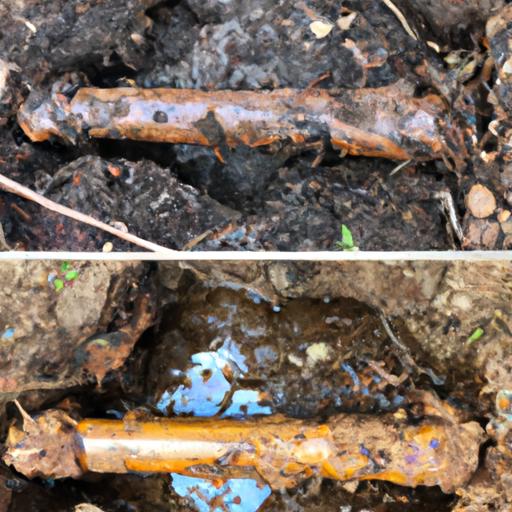
Step-by-step procedure of sewer line rodding
Sewer line rodding involves a systematic process to effectively clear any blockages and ensure optimal flow within the plumbing system. Here’s a breakdown of the step-by-step procedure:
- Inspection: A professional plumber starts by inspecting the sewer lines using specialized cameras or other diagnostic tools. This helps identify the location and nature of the blockage, ensuring an accurate approach.
- Preparation: The plumber selects the appropriate rodding equipment based on the severity of the blockage. This can include sewer rods or high-pressure water jetting machines, depending on the specific requirements.
- Access Point: The plumber locates the access point, typically through a cleanout or drain opening, to gain entry to the sewer line.
- Rod Insertion: The plumber carefully inserts the sewer rod or jetting hose into the sewer line, ensuring it reaches the blockage. This may require navigating bends or curves in the pipes.
- Clearing the Blockage: Using controlled movements, the plumber applies pressure to the rod or activates the water jetting machine. This action dislodges the blockage, allowing it to flow out of the system.
- Inspection and Testing: After clearing the blockage, the plumber conducts a thorough inspection of the sewer line to ensure complete removal of debris. They may also perform water flow tests to confirm the restoration of proper drainage.
Equipment and tools used in the process
To effectively perform sewer line rodding, professional plumbers utilize specialized equipment and tools tailored for the task. These can include:
- Sewer Rods: These flexible rods, available in different lengths and thicknesses, are inserted into the sewer line to break up blockages and clear debris.
- High-Pressure Water Jetting Machines: These machines use pressurized water streams to forcefully remove obstructions, such as tree roots or hardened buildup, from the sewer lines.
- Diagnostic Cameras: Plumbers employ advanced cameras to inspect the inner workings of the sewer lines, helping them identify blockages, cracks, or other potential issues.
Role of professional plumbers in performing sewer line rodding
While some homeowners may attempt DIY sewer line rodding, it is highly recommended to seek the expertise of professional plumbers. These skilled individuals possess the knowledge, experience, and specialized tools necessary to tackle complex sewer line issues effectively. Professional plumbers can accurately diagnose problems, employ the appropriate techniques, and ensure the longevity and efficiency of your plumbing system.
In the next section, we will explore the signs and symptoms that indicate the need for sewer line rodding, enabling you to identify when it’s time to take action.
Signs and Symptoms Indicating the Need for Sewer Line Rodding
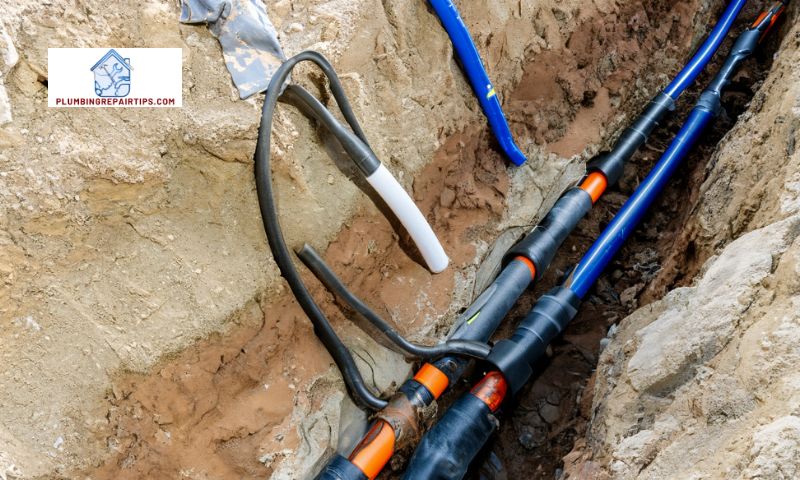
Common issues that require sewer line rodding
One of the key indicators that your sewer line may need rodding is experiencing frequent clogged drains. If you constantly find yourself plunging or using chemical drain cleaners to clear blockages, it’s time to consider sewer line rodding. Additionally, slow water flow in multiple fixtures or toilets that struggle to flush properly can also point to underlying sewer line issues. Foul odors emanating from drains or toilets, even after thorough cleaning, can be a sign of stagnant water or trapped debris within the sewer lines.
Identifying warning signs to determine when sewer line rodding is necessary
Being aware of the warning signs can help you identify when it’s time to schedule sewer line rodding. Pay attention to recurring drain clogs, gurgling noises coming from your pipes, or water backups in sinks, showers, or toilets. These signs indicate a potential blockage or obstruction in your sewer lines that requires professional attention. Ignoring these warnings can lead to more severe problems, such as sewage backups or burst pipes, which can be costly to repair.
How neglected sewer line maintenance can lead to more severe problems
Neglecting regular sewer line maintenance can have detrimental effects on your entire plumbing system. Over time, debris, grease, and tree roots can accumulate in the sewer lines, causing blockages that hinder the flow of wastewater. This not only leads to unpleasant odors and slow drainage but can also put excessive pressure on the pipes, increasing the risk of leaks or bursts. By proactively addressing these issues through sewer line rodding, you can prevent more severe problems and save yourself from expensive repairs and disruptions in the long run.
With a clear understanding of the signs and symptoms indicating the need for sewer line rodding, we can now explore the benefits of regular maintenance in Section 4.
Benefits of Regular Sewer Line Rodding
Regular sewer line rodding offers a multitude of benefits that go beyond just preventing clogs. By incorporating this proactive maintenance practice into your plumbing system care routine, you can enjoy a range of advantages that contribute to the overall health and efficiency of your home’s wastewater management.
Prevention of major plumbing emergencies
One of the primary benefits of regular sewer line rodding is the prevention of major plumbing emergencies. By proactively clearing out potential blockages, you significantly reduce the risk of sewer backups, burst pipes, and costly water damage. This preventive measure allows you to avoid the hassle, stress, and expenses associated with emergency plumbing repairs.
Improved water flow and drainage system performance
Clear sewer lines mean improved water flow and better drainage system performance. When your sewer lines are free from obstructions, wastewater can flow smoothly and effortlessly through the pipes. This leads to faster draining sinks, showers, and toilets, allowing you to avoid frustrating delays and backups. With improved water flow, you can maintain a more efficient plumbing system that meets your daily needs seamlessly.
Elimination of foul odors and bacteria growth
Clogged sewer lines often result in unpleasant odors emanating from drains and fixtures. These odors are not only bothersome but may also indicate the presence of bacteria and other harmful microorganisms. Regular sewer line rodding helps eliminate these foul odors by removing the root cause – the buildup and debris within the sewer lines. By doing so, you create a healthier and more pleasant environment in your home.
Cost-effectiveness and long-term savings through proactive maintenance
Investing in regular sewer line rodding may seem like an additional expense, but it is a cost-effective choice in the long run. By addressing potential blockages and maintaining the integrity of your sewer lines, you can avoid expensive repairs and replacements down the line. Proactive maintenance is always more affordable compared to emergency fixes that arise from neglected sewer lines.
In Section 5, we will discuss the pros and cons of DIY sewer line rodding versus hiring professional plumbers to guide you in making an informed decision.
Tips for Maintaining a Healthy Sewer Line System
Taking proactive measures to maintain a healthy sewer line system is key to avoiding costly repairs and ensuring the longevity of your plumbing infrastructure. By following a few simple tips, you can minimize the risk of clogs, backups, and other issues that may arise. Let’s explore some essential strategies for maintaining a healthy sewer line system:
Regular inspection and cleaning schedules
Scheduling regular inspections by professional plumbers is crucial in identifying potential problems before they escalate. Plumbers can assess the condition of your sewer lines, check for any blockages or signs of damage, and recommend appropriate actions. Additionally, periodic cleaning, such as hydro jetting, can help remove accumulated debris and prevent future clogs.
Proper disposal practices to prevent clogs
One of the primary causes of sewer line issues is improper disposal of waste and substances. Avoid flushing non-biodegradable items, such as wipes, feminine hygiene products, or excessive amounts of toilet paper, as they can accumulate and cause blockages. Furthermore, refrain from pouring grease or oil down the drains, as they solidify and obstruct the pipes over time.
Importance of professional maintenance services
While some sewer line maintenance tasks can be done by homeowners, it is crucial to enlist the expertise of professional plumbers for comprehensive maintenance. They have the knowledge, experience, and specialized equipment to handle complex issues, perform thorough inspections, and conduct effective cleaning procedures. Investing in professional maintenance services can save you from potential headaches and costly repairs down the line.
Awareness of potential causes of sewer line issues
Being aware of common causes of sewer line issues can help you take preventive measures. Tree roots, for example, can infiltrate sewer lines and lead to clogs or pipe damage. If you have trees near your sewer lines, consider root barriers or regular root pruning to minimize the risk. Additionally, educate yourself about the signs of sewer line problems, such as slow drains or foul odors, so that you can address them promptly.
In conclusion, maintaining a healthy sewer line system is crucial for the smooth operation of your plumbing infrastructure. By following these tips and adopting a proactive approach, you can minimize the risk of clogs, backups, and other issues that can disrupt your daily life. Remember, for optimal results, consult professional plumbers, stay vigilant, and prioritize regular maintenance. Keep your sewer lines flowing freely, ensuring a hassle-free plumbing experience.
